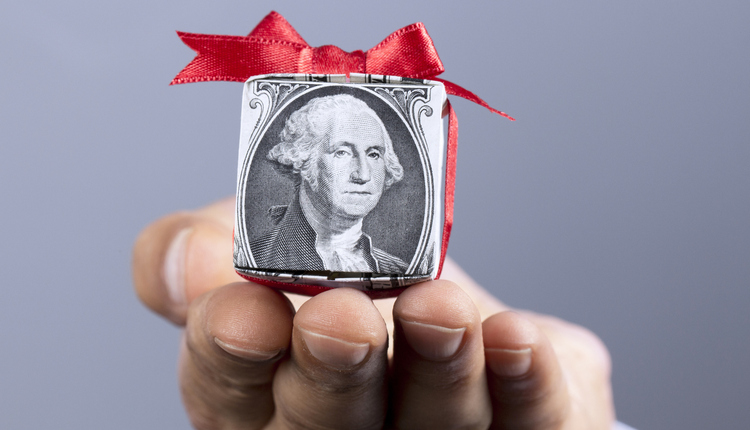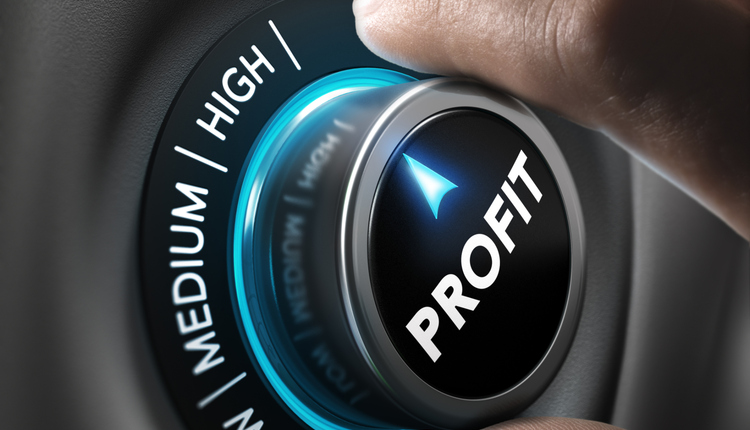Hundreds of articles and books focus on starting your own business, business finances, accounting and so on, yet most of them fail to address how you can make it in this business by keeping a positive cash flow. It’s probably because it isn’t popular. We want to advertise that being a fitness professional is glamourous and lucrative. We’ve gotten into the mindset that happiness and success is measured by what you spend. Real success is quite the opposite.
This industry is unique in many ways. Revenue can happen relatively quickly offering a service that improves your clients’ lives. However, some months are better than other months. Often, fitness professionals struggle with making ends meet consistently because when they have a good month, they make a lot of money. Conversely, on ‘leaner’ months, they don’t make enough. There are a few consistent actions you must take in order to keep your business thriving in a place of positive cash flow.
Give yourself a salary
Simply put, figure out the lowest possible salary you can live off of (covering all payments and debt obligations) and pay yourself that. That’s right, the lowest, not highest. This requires a true heart-to-heart with your bank account and budget.
This simple tip helps regulate the cash flow. This principle works whether you are a W2 employee or 1099 independent contractor. It works whether you are just starting out in your career or have been in the industry for a decade. If you can live off of just $2,000/month, for example, you know you need to make at least that, if not more. On the great months when you make $9,000, you still take your $2,000/month salary, banking the rest. On the worst months when you only generate $1,700/month, you still take $2,000/month. It works because you aren’t always changing your salary/wages and are creating a little reserve or hedge. Too many fitness professionals get in trouble if they have one or two bad months. It needn’t be the case.
Budgeting Basics
If you hope to know how much you can realistically afford you need to know your personal budget, particularly three areas of spending: fixed, variable and periodic expenses.
Step 1: Figure out your LOWEST income month in the last year; you’ll use this number. Averages are great, but they don’t really help you pay your bills when you have a slightly below average income month. Whereas, if you calculate your budget off of your worst month, and you have an average or great month, you’ve instantly created some savings or at least a cushion.
Step 2: Calculate all your fixed expenses. Fixed expenses are the expenses you have that occur each and every month and the amount of the bill is the same each month. Some examples would be your rent/mortgage, car payment and insurance. Make sure you are including savings into this category. You should be saving about 10% of your income. If you aren’t saving anything personally, then start NOW.
Step 3: Calculate your variable expenses. These are the expenses that happen each month but the amount varies. As a sampling of variable expenses, these could include utilities, car gas, eating out, groceries, household items and entertainment. Your utilities could be variable or fixed depending if you have a contract or are on a budgeted plan. For the sake of this article we’re placing them here. Looking through the last two months of your bank/credit card statements will give you a good idea of what these items and costs truly are.
Step 4: Don’t forget your periodic expenses. This is generally the number one area that breaks people’s budgets. The reason is because we forget about these expenses because they don’t happen every month. This includes categories like car maintenance, birthdays/holidays and annual fees/subscriptions. Once you have a total in this category you’ll want to divide it by 12 to give you a monthly average. Deposit the monthly average periodic expenses into an account to cover those expenses as they come up. You may not have enough in this account when something comes up, but it’s easier to overcome and deal with a $60 shortage, than a $560 shortage when your car suddenly needs to get fixed.
Example:
Total periodic expenses = $1,750
$1,750 / 12 months = $145.83
$146.83 is the monthly savings to deposit
Step 5: Add up your monthly fixed, variable and periodic expenses. Subtract this from your income. If the number is positive, great. If it isn’t, you need to step-up your income or cut your expenses, or both.
Putting it all together
To paint a clearer picture of what this looks like: imagine your worst monthly income is $3,100. You’ve gone through all your categories of expenses and found that you need $3,400/month. In this case, you’re $300 over budget monthly. While this may feel devastating, you can easily adjust your spending to cover or adjust $300.
After having a heart-to-heart with yourself or significant other, you make some changes so you can live off of $3,100/month. That is the monthly salary you give yourself from your training or other fitness endeavors. If you have a great month and earn $5,000, you do not take all $5,000, only your $3,100. The difference helps do for your business cash flow what the other steps we’ve talked about do for your personal finances.
Now, this principle isn’t to say you’ll remain impoverished the rest of your life. It’s perfectly fine to give yourself a bonus when you’ve been doing well and you know that you won’t need that month. You may consider taking a bonus quarterly or annually. If you do so more frequently, you’ll run into the same trap that you were in before. Annually or every other year you can evaluate how your business has been going and calculate if you can/want to give yourself a raise.
Ryan Carver is a fitness coach and independent personal trainer through the National Strength and Conditioning Association (NSCA-CSCS) and the Functional Aging Institute (FAI). He received his Bachelor’s degree from the University of Utah. He was a collegiate athlete and enjoyed one season as a professional athlete (AUDL). He is the founder of Leverage Fitness Solutions in Salt Lake City, Utah. He is also a proud husband and father of three very active children.

















